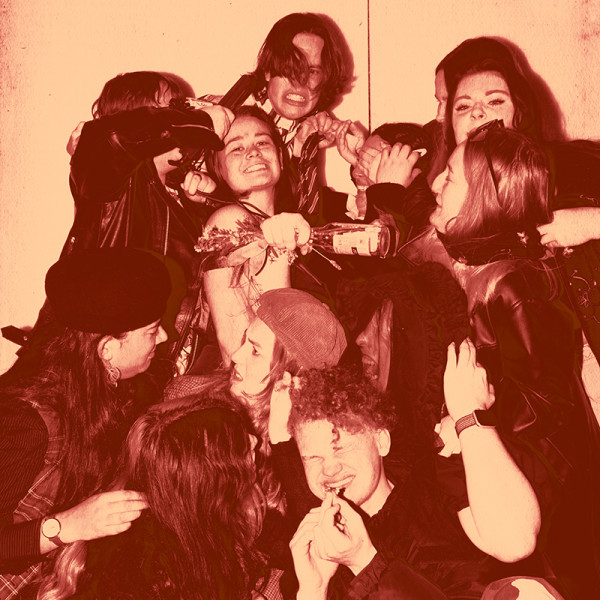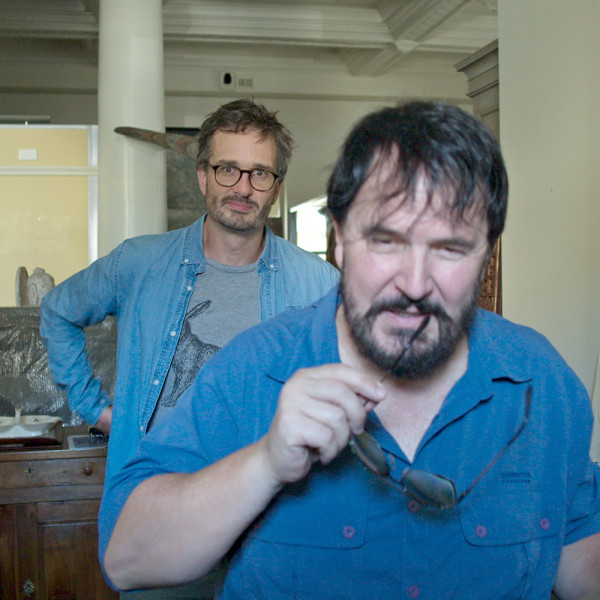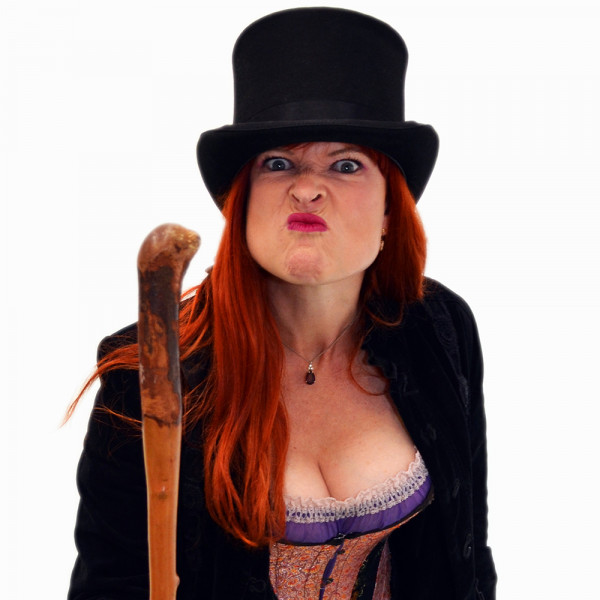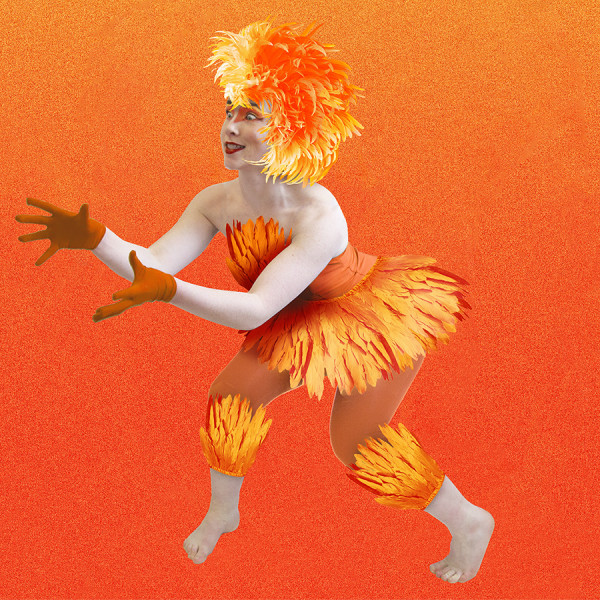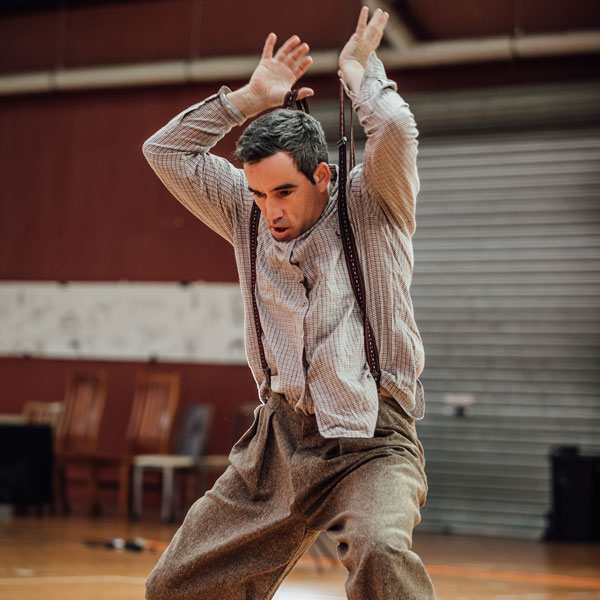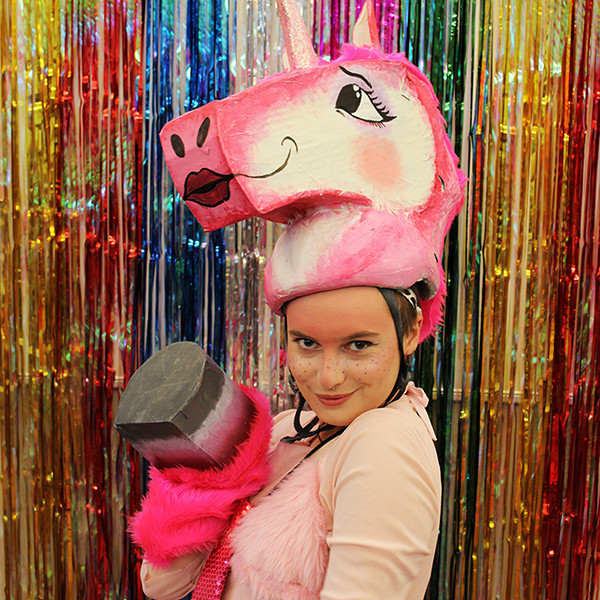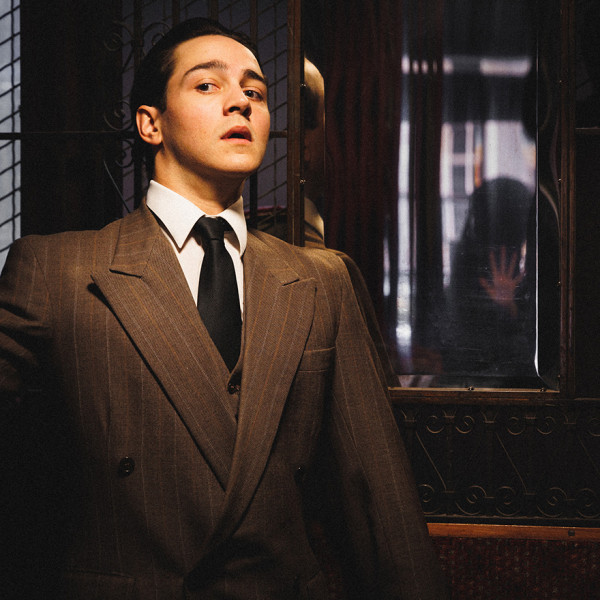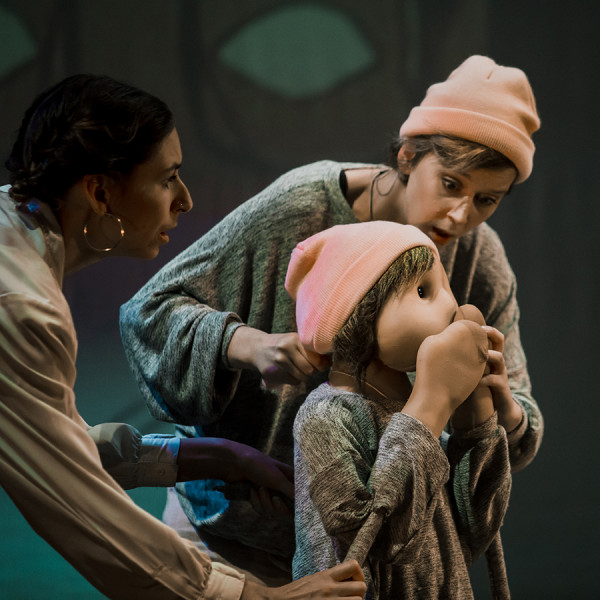
The Griegol
Written by: Ralph McCubbin Howell and Hannah Smith
Directed by: Hannah Smith
Te Auaha, 16th Nov 2022
Reviewed by: Madelaine Empson
After Granny (Elle Wootton) dies, Child (part-puppet, part-Stevie Hancox-Monk) starts to see monsters in the throes of their grief. Specifically, the Griegol, a spooky smoke demon Granny used to tell stories about. Child has a key from Granny, but doesn’t know what it opens. Dad (Paul Waggott) is understandably distrait as he struggles to navigate his own sense of loss and plan a funeral at the same time, so Cat (puppet design by Jon Coddington) pounces in to help, providing clues by sleeping near the locks in the house. Good kitty!
The Griegol is a play without words that intersperses puppetry and projections, silhouettes and shadows to explore the ever-shifting shape of grief. A black hole of loss and fear, incomprehensible in its magnitude, gives way to acceptance and understanding; dark becomes light as beauty starts to billow from the smoke.
Excuse the excessive alliteration, but innovative, inventive, and integrated really are the best words to describe this production design. Cast members magic up a lot of the action under a camera that transmits a live feed onto a large screen set centre stage (set design by Sylvie McCreanor and Rose Kirkup, technical design by Brad Gledhill). Illustrations (Hannah Smith) and stop-motion animation (Ralph McCubbin Howell) play out in sync with incredible music composed by Tane Upjohn-Beatson and performed live with virtuosity by Tristan Carter, who cuts a deliciously macabre figure thanks to Marcus McShane’s lighting design. Actors flicker in and out of scenes, behind and in front of the screen. They are seamless, speaking 1000 words without uttering one.
The Griegol is meticulous and specific in its approach while still hitting a universal message home. It’s a big subject, grief, and it can be overwhelming. But while The Griegol is poignant, even powerful, it’s accessible for all ages and languages. I feel seen, and safe to feel my feelings – even if that means crying three times!
Thank you, Trick of the Light, for such a beautiful, evocative, and meaningful work.




